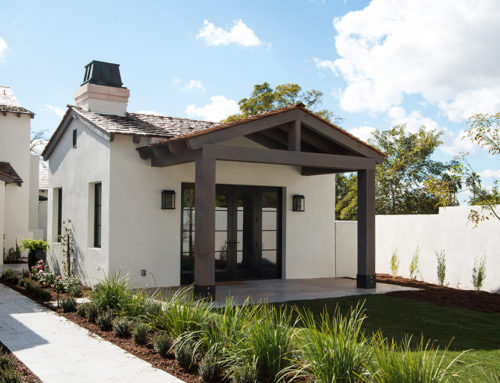The two most common hurdles I hear about investing in real estate in California are 1) I don’t have enough capital to invest and 2) I can’t find cash flow properties, leading to many investors looking outside of the Golden State. However, it can be a scary proposition to put your hard earned nest egg thousands of miles away. Although I have some investments in Texas and Georgia, I know I struggle with the same fear to invest more or figuring out how to build relationships with local boots on the ground that I can trust.
Our September Meetup is our attempt to share resources and stories to help folks overcome these challenges. First we have Meredith Louden with Imprint Real Estate Group sharing her methodology on identifying growing markets. Then we have Raj Bhalla with BetterTurnkey educating the audience about how turnkey real estate investment works. Lastly Ethan Anderson breaking it down real world examples of how he acquired and scaled his out of state investment in Indiana.
 How to find the next emerging market
How to find the next emerging market
Most people know to follow job and population growth in real estate investment. In this presentation Meredith shares a structured framework to consider those factors along with the supply side of the equation and qualitative factors.
- Job growth – Look for 2% YoY for the last two years from Bureau of Labor Statistics and the projected next two years. It’s also important to pay attention to what kind of jobs are announced and created, where they will be located, and a diverse employment base. Ideally more than 4 major industries, in other words, no one industry dominate more than 25% of the job base
- Population growth – You can quickly find from the Census data or Google search to see the trajectory of population in a target city
- Supply – Assume two people will live together, so if there’s projected 1,000 new jobs that means about 500 new dwelling units. Matching that to the permit and delivery numbers the Planning or Building Department of your local agency to see if the city is in an oversupply situation or does demand still over pace supply.
- Government Leadership – Take a look at the master plan or specific plan(s) they city has laid out for future growth, along with any grants, free land, low interest loans, or tax abatements the city might offer
- Affordability – To gauge if there’s potential room for rent to rise, see how the median income is in relation to median rent. Ideally you want a place people are paying less than 1/3 of their income to rent
[slideshare id=116773087&doc=emergingmarketspresentationsept2018-180927005609]
Partnering with a turnkey provider
To operate and scale in real estate or really any kind of business, the most important parts are the people, process, and systems. It can take a long time and sweat equity to build up those component, which makes it compelling to work with a turnkey provider who already have those elements in place and you get to tap into their resources in exchange for a reasonable fee. For example, the folks at BetterTurnkey provide the following:
- Property management
- Rehab monitor
- Deal finding
- Vetting neighborhood & market
- Financing and lending
- Insurance provider
If you can find an operator you trust, turnkey is a great painless way to invest to generate the passive income. Every operator’s fee structure will be a little different. For example the guys at BetterTurnkey is operating at about 8-12% for the management fees, which is consistent within the range I’ve heard from other operators before. 8% is definite more in the low end and I’ve came across a lot more others higher than 12% as well.
Yes, you can do you it yourself
Some people might believe that you have to be an accredited investor with high net worth to invest in a syndication out of state or constantly travel back and forth. I’ll admit I used to be one of those people. What’s interesting is Ethan is just like a lot of us with a busy and demanding corporate job but he’s able to network and formulate relationship with like-minded individuals to invest in not just one but multiple properties now in Indiana.
Ethan connected with folks through BiggerPockets, which any of us could sign up for free. He learned more about them and built up the rapport to where he’s comfortable pulling the trigger and have his local connections take care of all the property management for him. The properties he acquired were in good shape, no rehab needed, and tenant occupied already and he’s comfortable paying a little bit more for a stabilized asset. He has weekly calls with his local contacts to stay up to date and also as a form of vetting them.
I am a big fan of BiggerPockets. It’s just a great resources to learn and network. I haven’t personally done any deals through the site yet but I’m glad to hear someone has. If you have a BP account look me up and connect with me there!
For privacy, I won’t publish the detailed numbers Ethan shared with us to the entire Internet, but he’s definitely meeting the 1% rule (monthly rent is equal or greater to 1% of the purchase price) and over 20% CoC (cash on cash) return.





